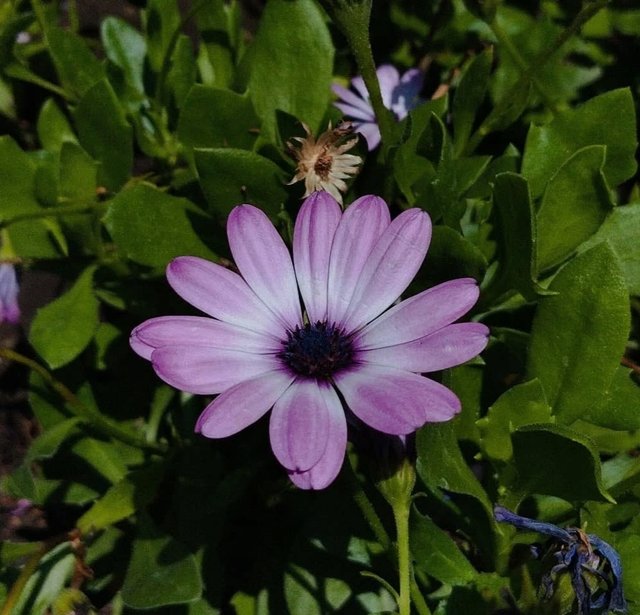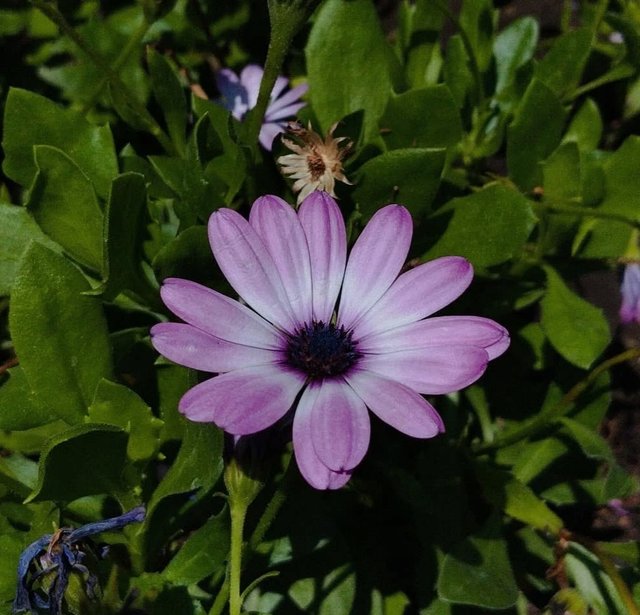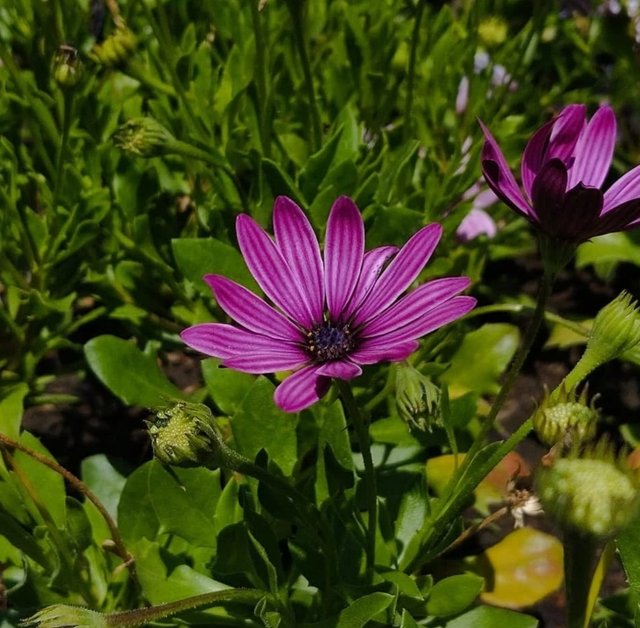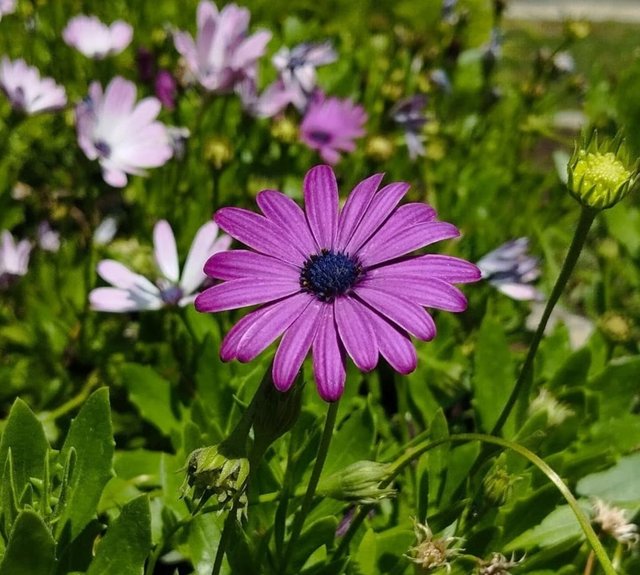So Beautiful Colour Cape Marguerite Flower
Cape Marguerite: The Dazzling Daisy of the Garden
Cape marguerite, scientifically known as Osteospermum, is a captivating and vibrant flowering plant that graces gardens with its brilliant daisy-like blooms. Native to South Africa, this sun-loving beauty has earned a special place in the hearts of gardeners around the world due to its striking appearance, relatively easy care, and ability to thrive in warm, sunny environments. Often called African daisy, blue-eyed daisy, or South African daisy, Cape marguerite is a member of the Asteraceae family, the same botanical group that includes sunflowers, asters, and traditional daisies.
Botanical Characteristics
Cape marguerites are perennial in warm climates but are often grown as annuals in cooler regions. These plants typically reach heights of 12 to 24 inches and spread about as wide. Their foliage is often green to silvery-green, with a slightly fleshy texture that helps them tolerate drought conditions. But what truly steals the show are the flowers—radiant, symmetrical blooms that range in color from white, pink, and purple to orange, yellow, and even bi-colored varieties.
One of the most distinctive features of the Osteospermum flowers is their centers. Many varieties have a stunning blue or purple eye that creates a dramatic contrast with the petals. Some cultivars also have spoon-shaped petals, adding an exotic and whimsical touch to their already unique appearance.
Growing Conditions and Care
Cape marguerites are well-suited to gardeners who want a splash of color with minimal fuss. Here are the ideal growing conditions for these cheerful plants:
Sunlight: They thrive in full sun. In regions with extremely hot summers, a bit of afternoon shade can help prevent flower drop.
Soil: Well-drained soil is essential. Sandy or loamy soils work best, and the plant does not tolerate soggy conditions.
Watering: While somewhat drought-tolerant once established, Cape marguerites prefer consistent moisture. Water deeply but allow the soil to dry slightly between waterings.




%20(9).jpeg)